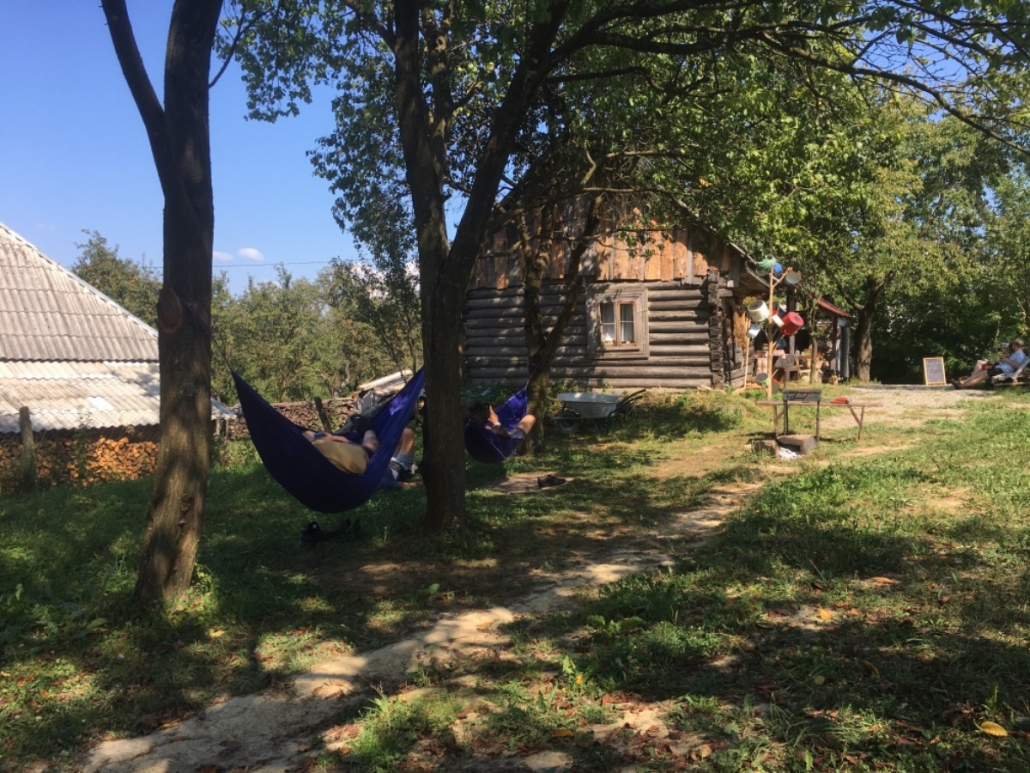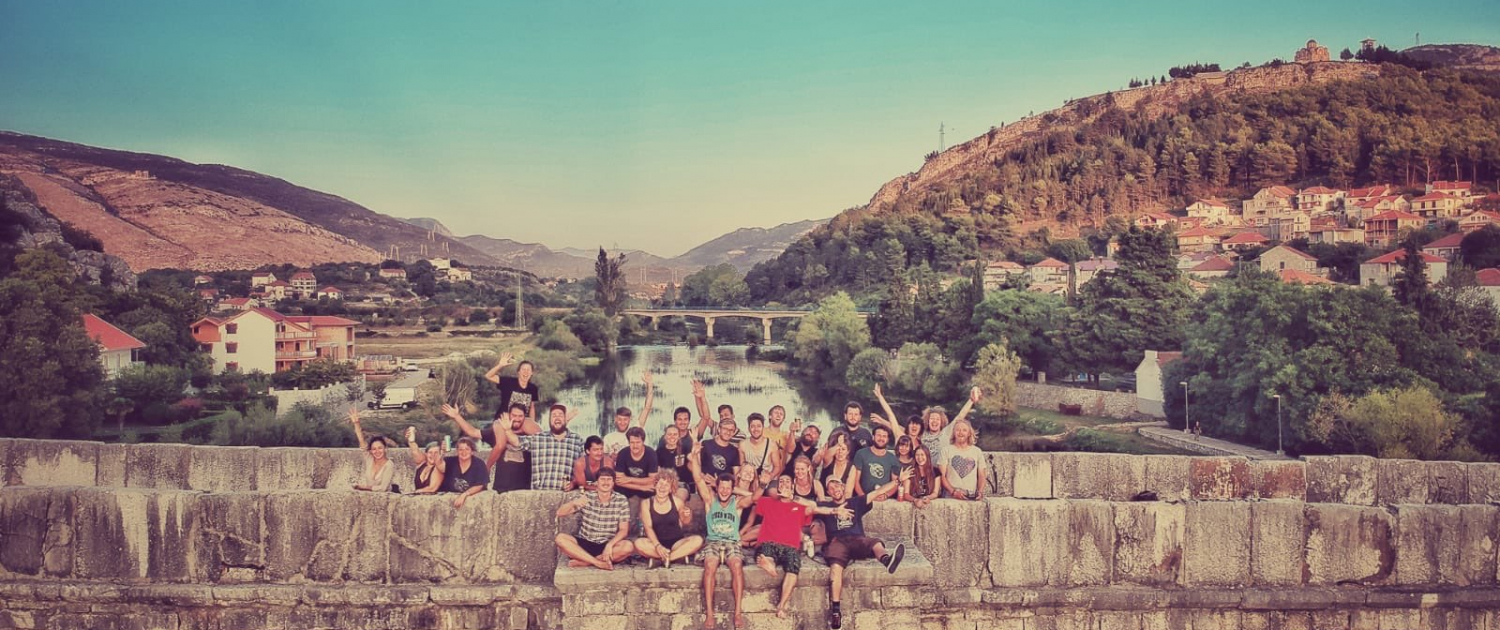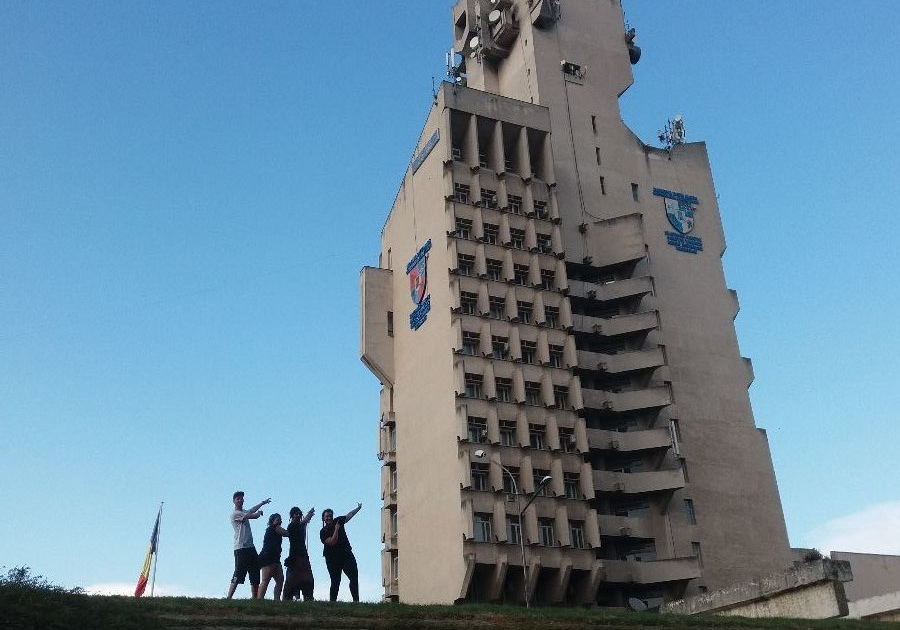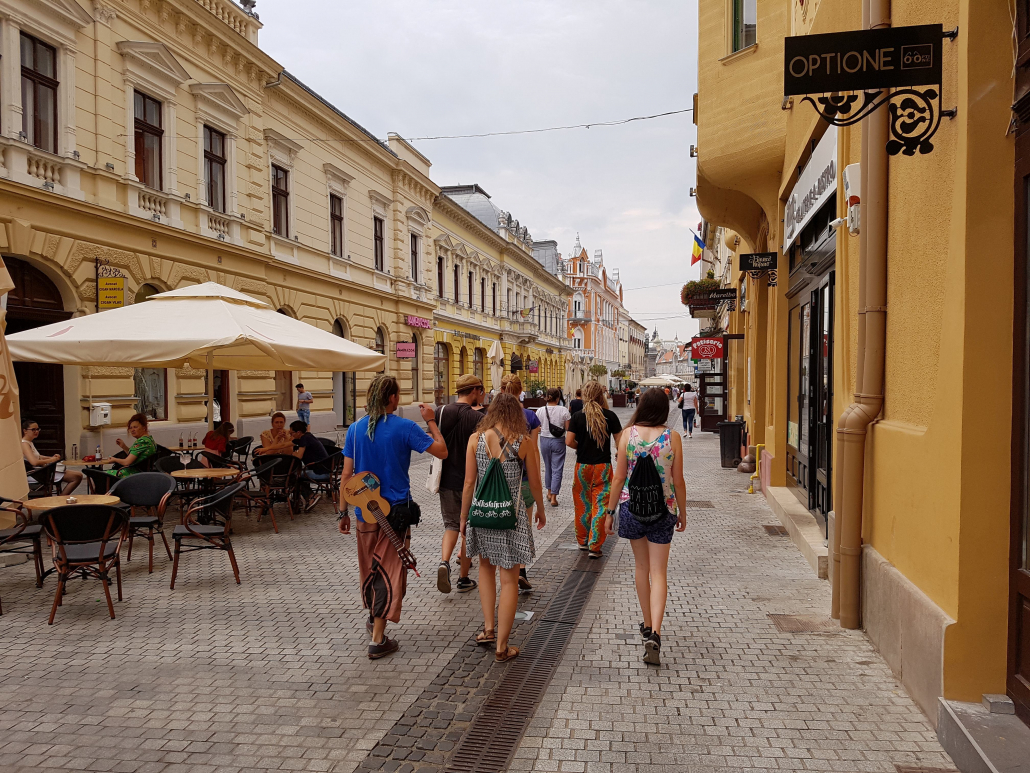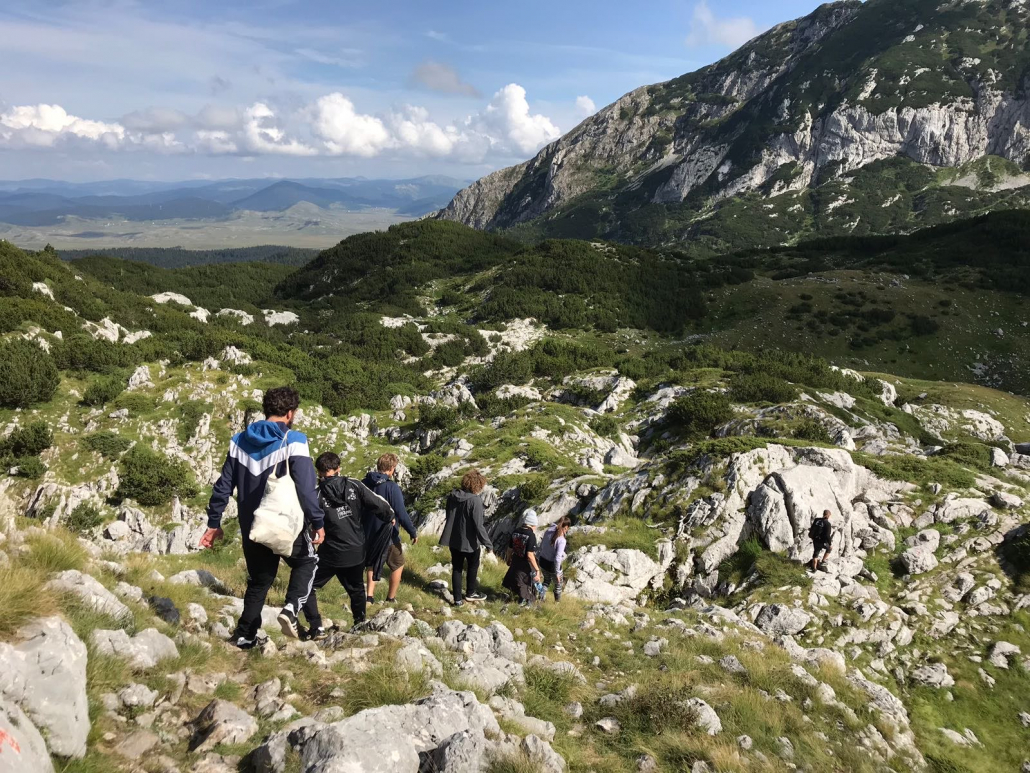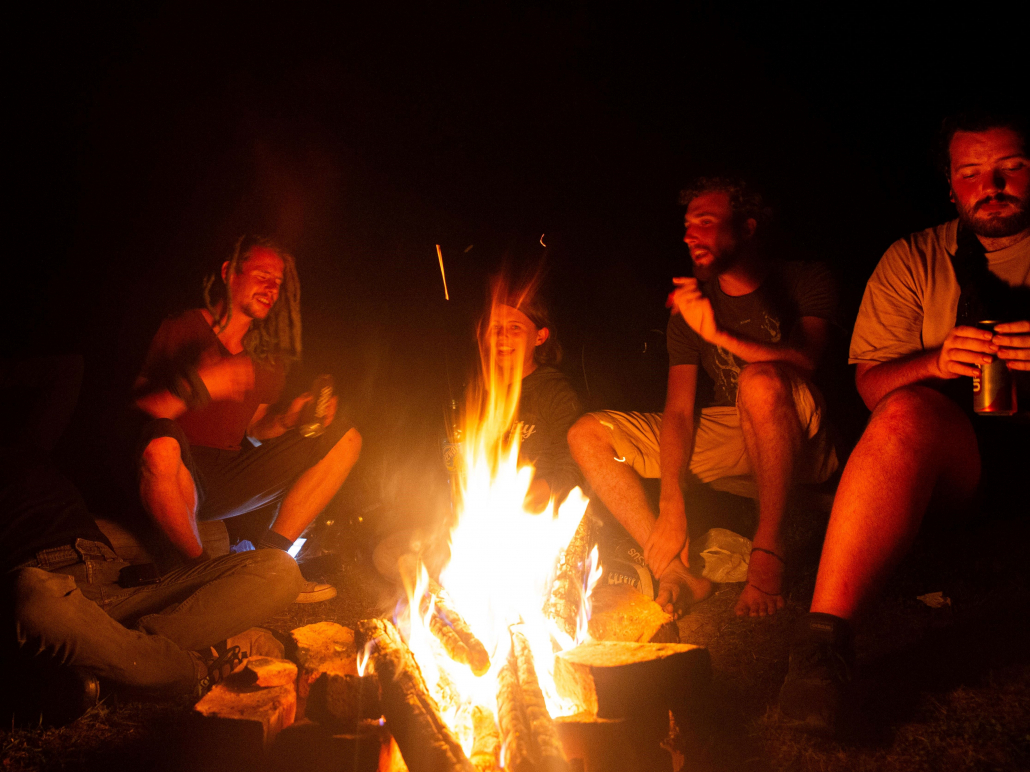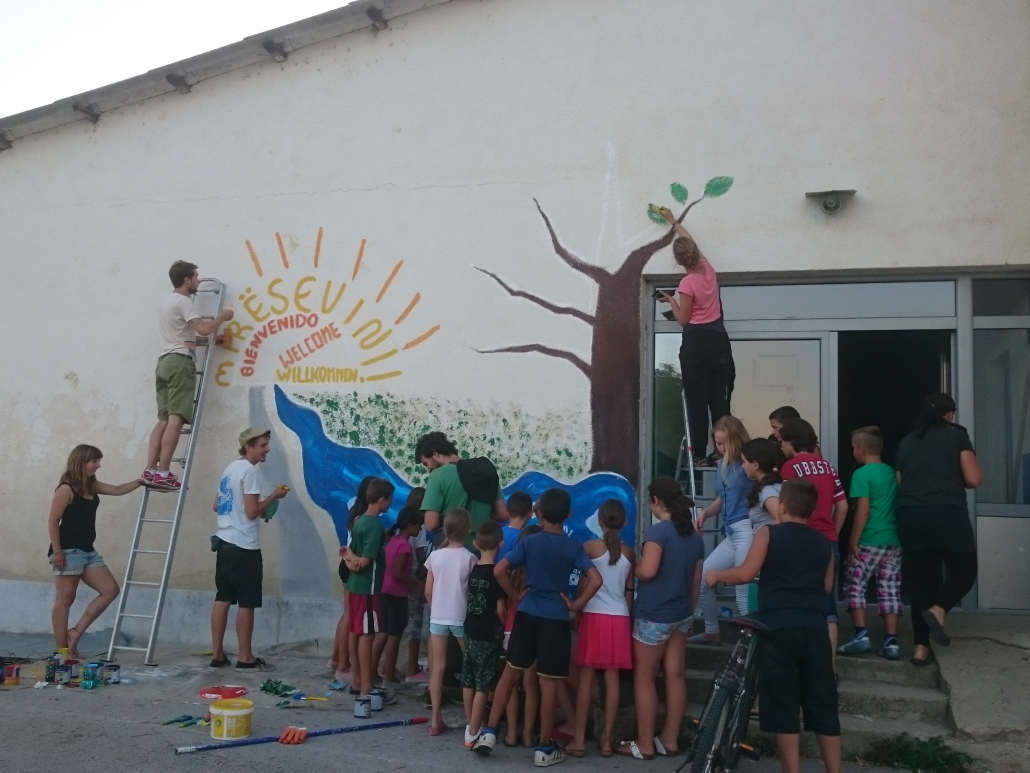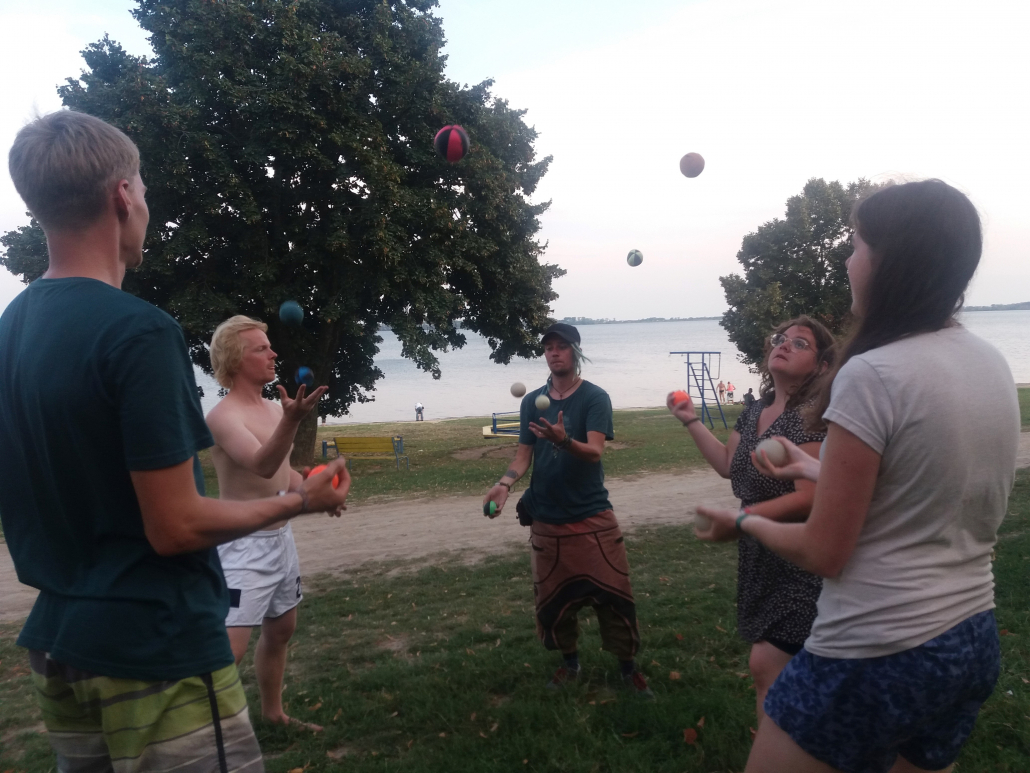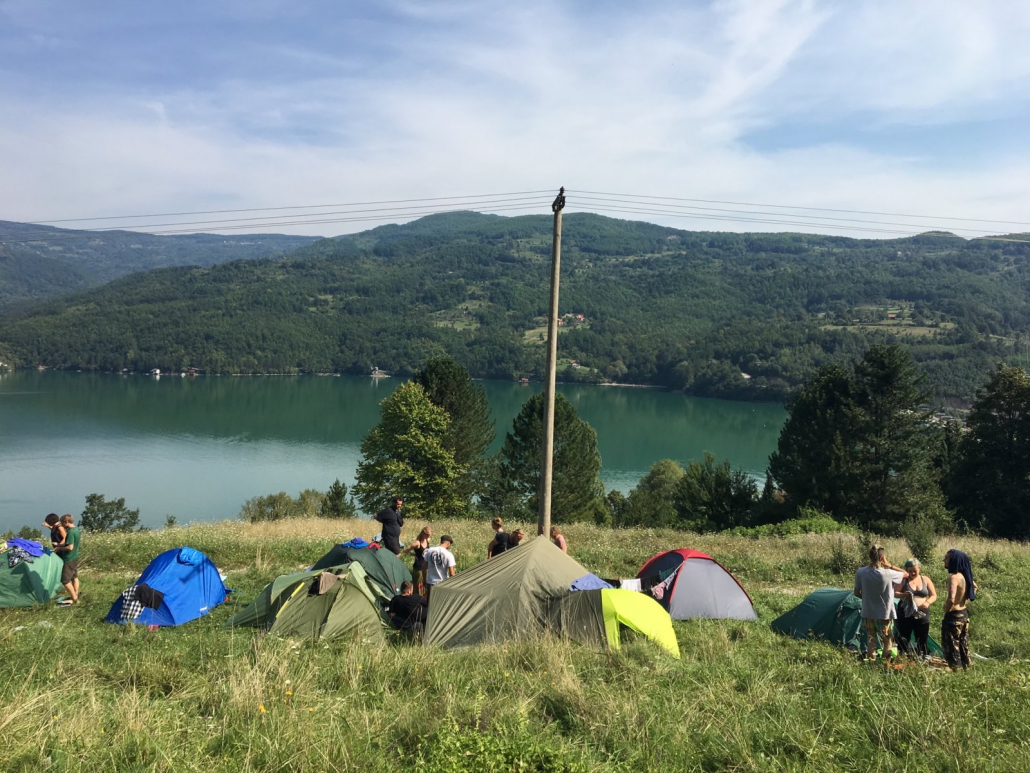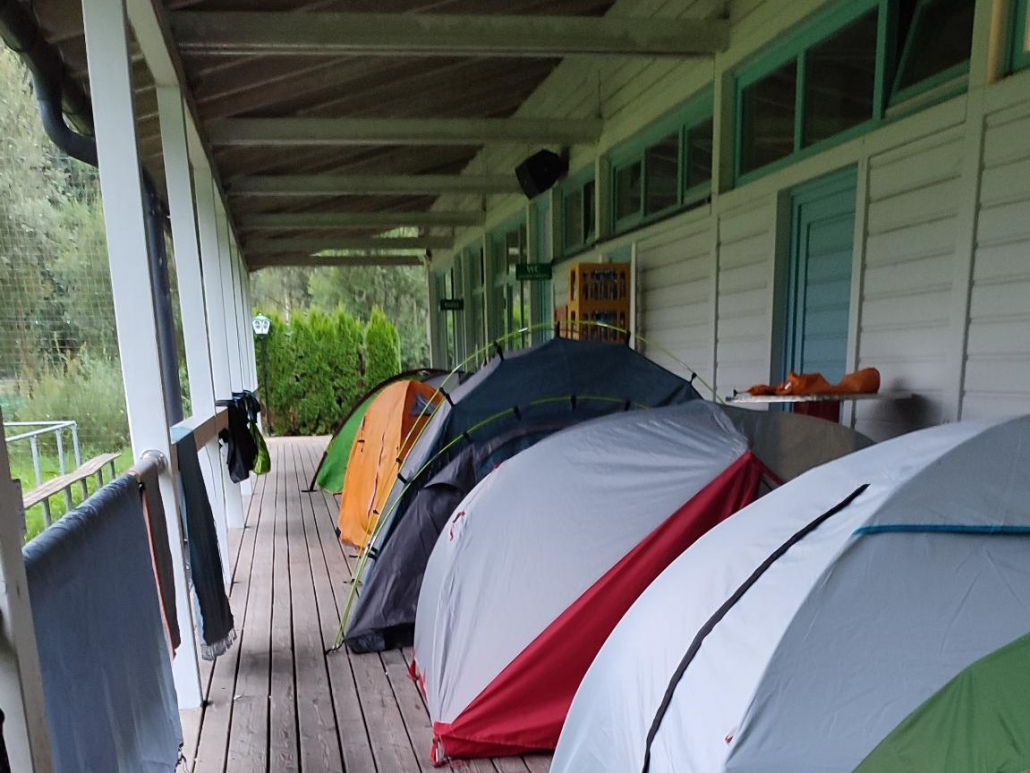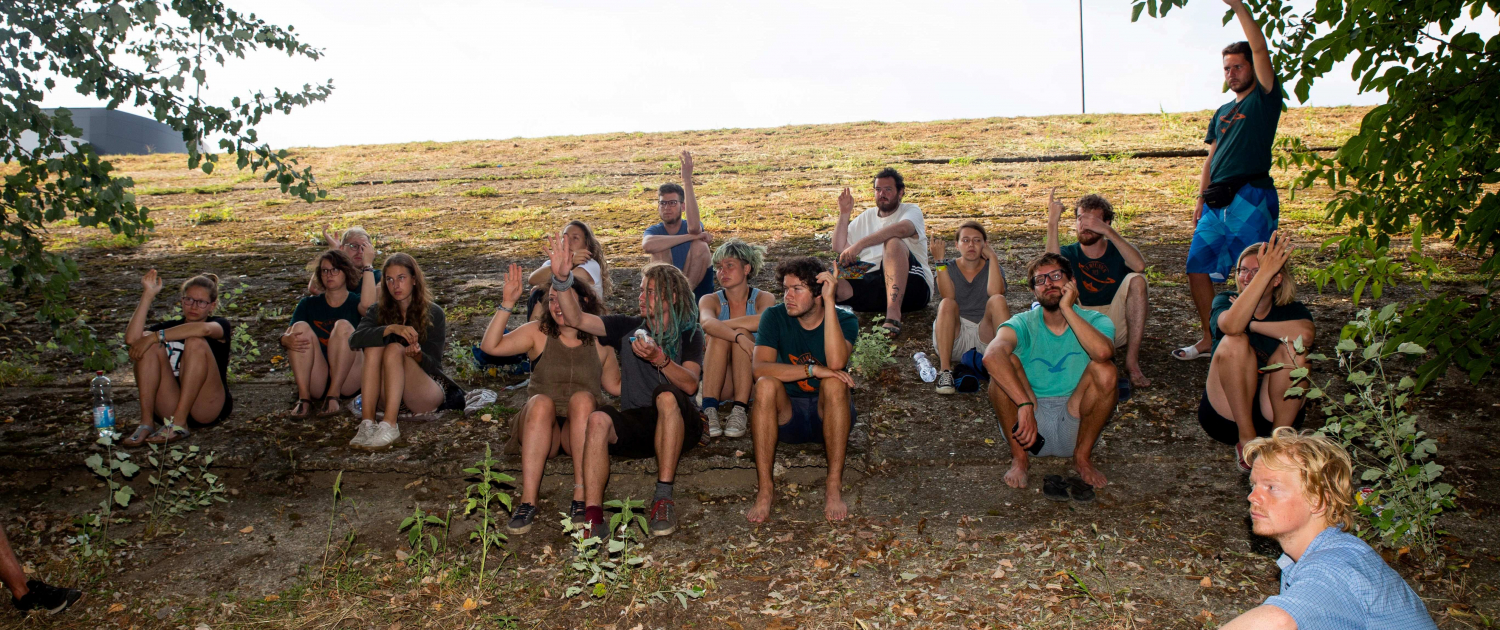After each day of hitchhiking, there is a rest day where time is spent with other participants of the race, waiting for teams that didn’t manage to arrive on the first day. Additionally, there are two variable buffer days. This means that a minimum of two nights are spent at each location.
Buffer days
In addition to the regular rest days after each hitchhiking day, there are two additional buffer rest days that can be placed flexibly. They are meant to allow for an extra day to stay at a particularly beautiful location or to have additional break time if hitchhiking has been challenging and people have frequently not arrived on the first day. They can also be used to make an alternative non-scoring stop to hitchhike closer to the final destination or to visit another interesting place along the route. Buffer days have often been used to spend an extra day at the location where the other route, starting from the same starting point, meets in the middle of the race. Each route decides when and how to use the buffer days. The only requirement is that both days (and not more) must be taken until the end so that all teams of the race arrive together at the final destination.
Route group
The rest days are spent together with the entire route group. This group usually consists of 9-10 teams, which is around 20-30 people. The team boundaries dissolve during this time, and you can spend a lot of time with people outside your team, depending on your interests. This is also great when you want to see different faces and get to know others after a long hitchhiking day, looking forward to a great time with your team on the next stage.



